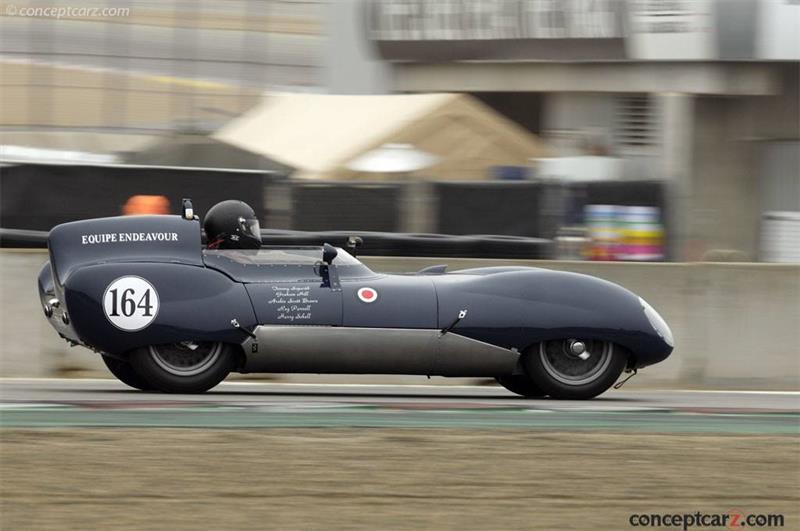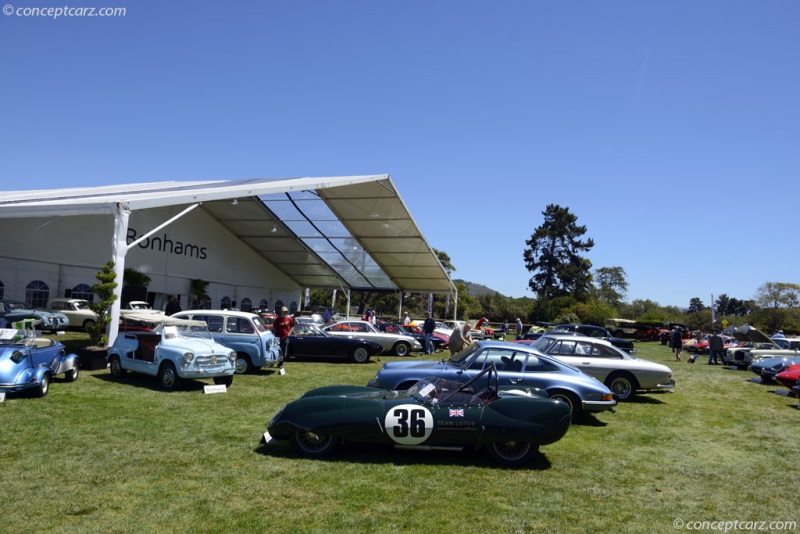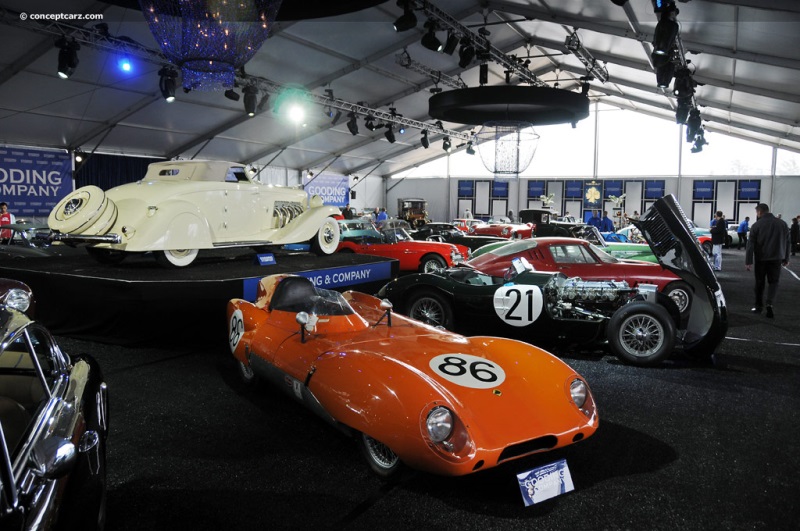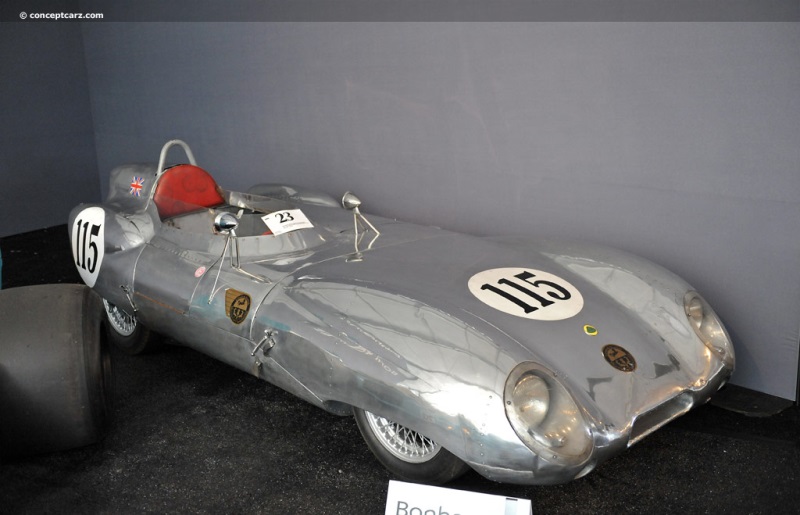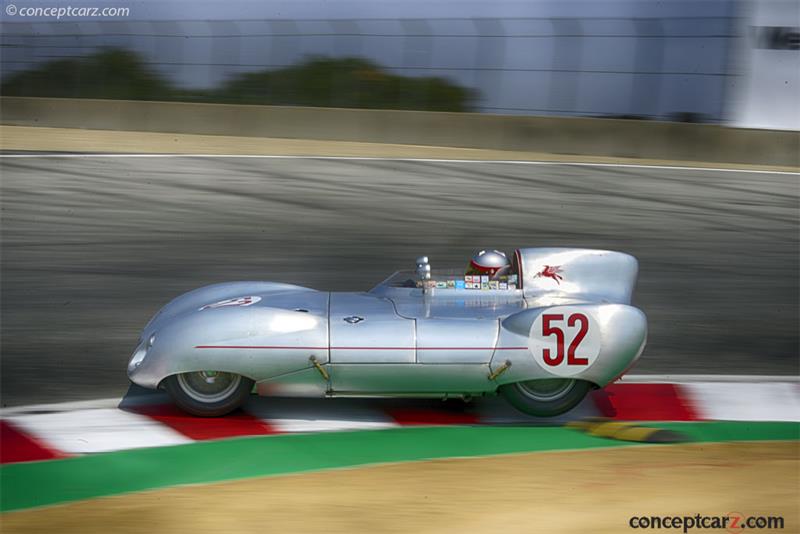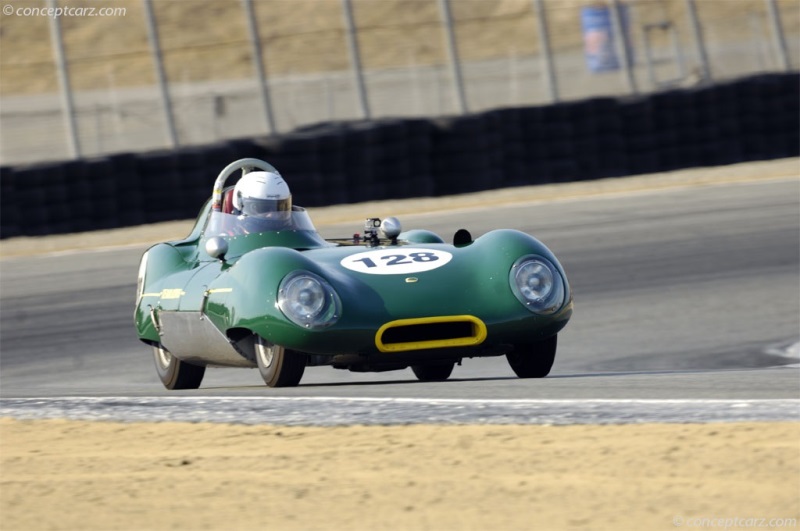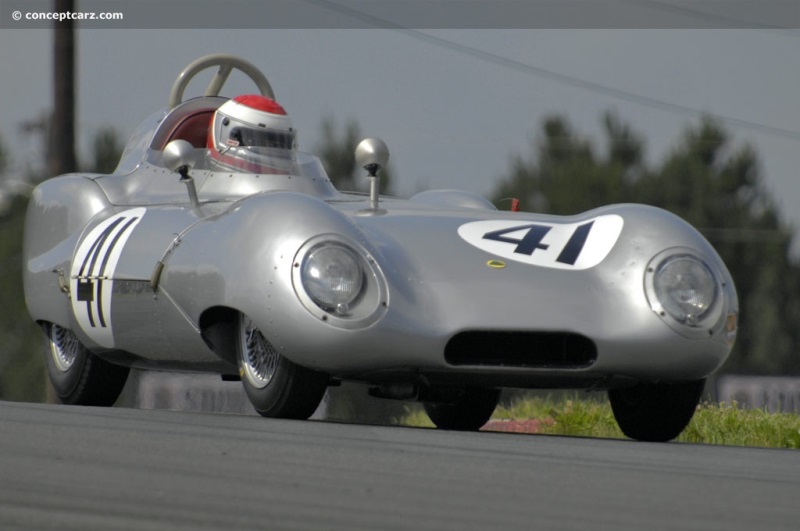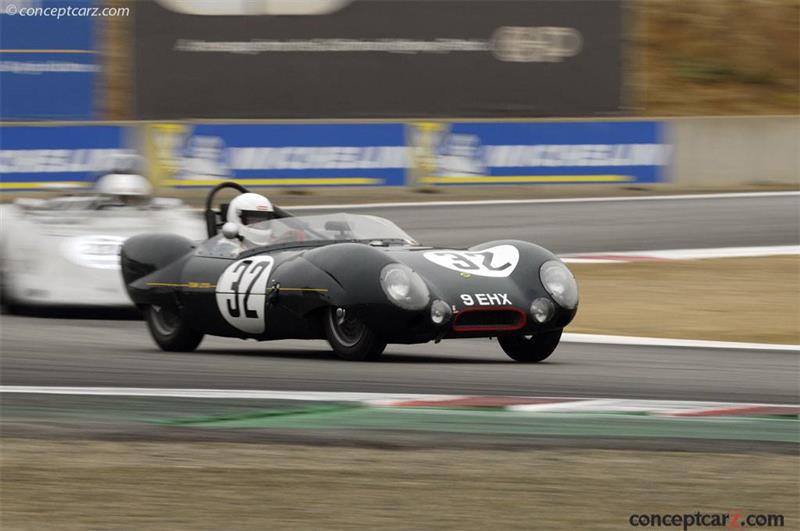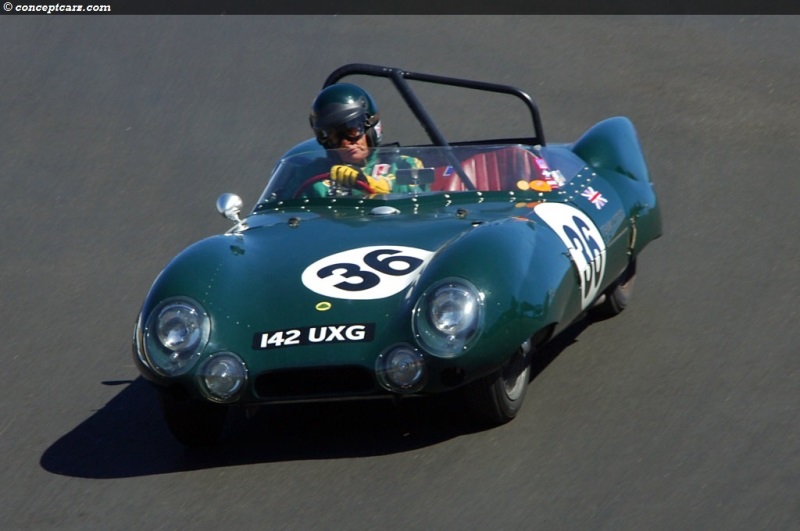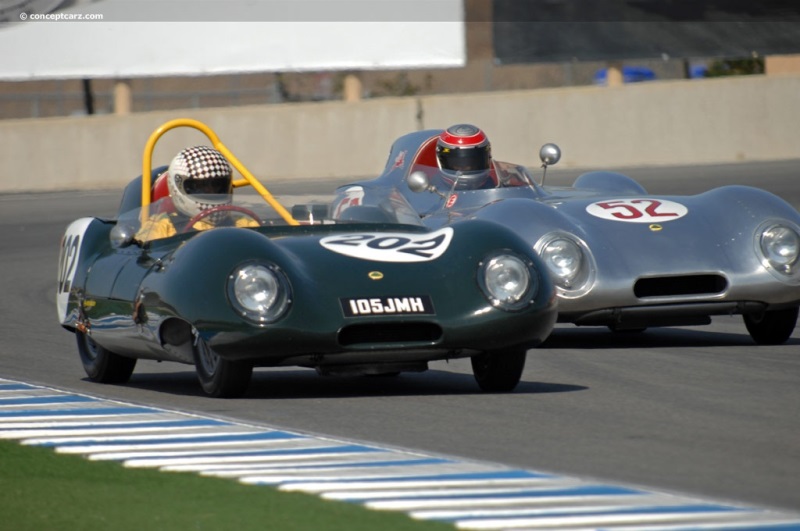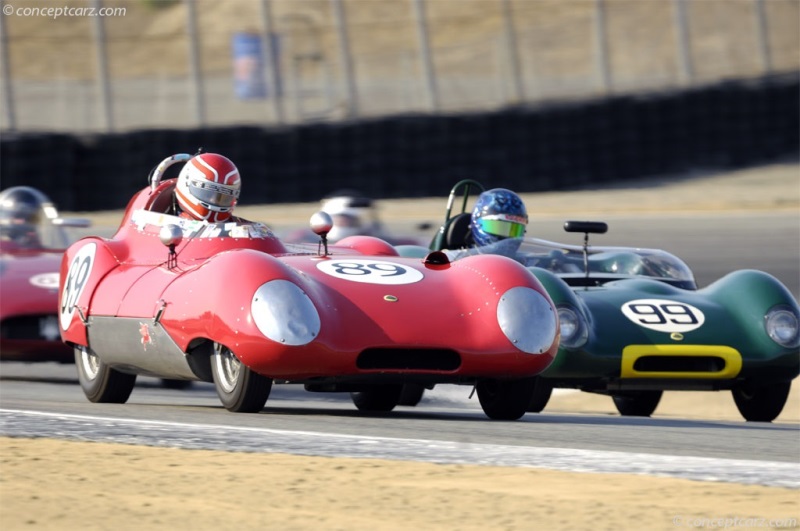1956 Lotus Eleven Navigation
The Lotus Mark VI was Colin Chapman's first 'production car.' It was built from 1952 through 1957 with over 100 examples built. It was inexpensive and very competitive, and the success was followed through the Lotus VIII and IX before arriving at the Lotus XI (Eleven). De Havilland Aircraft engineer Frank Costin was tasked with creating a completely new design for the Eleven. It was small, light, and aerodynamic, and would prove to be a formidable competitor, taking the checkered flag almost 150 times in 1956 alone, its first year on campaign. It won at LeMans in the 1100cc class and seventh overall. 
Sports Racer
Chassis #: 235
View info and historyAlthough it was a new design, it stayed true to its predecessors, with stressed aluminum panels concealing a light steel tubular structure. Three versions were offered, including a Club model, aimed at amateur racers and equipped with a modest 36hp Ford 10 engine. The Sport model was equipped with an all-new 1098cc aluminum Coventry Climax four-cylinder engine. Both the Club and the Sport were given live rear axles and drum brakes. The Le Mans model had four-wheel Girling inboard disc brakes, specific close-ratio transmission ratios, and a de Dion rear axle (which helped reduce overall weight by ten pounds). The de Dion was designed so that the tubular half shafts could pass through, allowing them more length and reducing deflection at the universal joints. The axles were located on either side by a pair of radius arms, one was triangulated to absorb lateral forces. The front suspension was a conventional swing axle setup but with a lower pivot point to reduce roll stiffness and help with understeer. Girling coil-overs were placed in the front and rear. The Eleven's handcrafted bodywork was hinged front and rear for quick access. The streamlined bonnet concealed the engine which was mounted at about ten degrees to fit in the bay, necessitating a revised sump and oil intake. The design of the nose offered minimal air entry, so Chapman came up with a better cooling system to prevent overheating. For racing, a wraparound windscreen and head fairing were available. The 9.5-gallon fuel tank was located on the driver's side. For endurance races, an optional 11-gallon tank could be fitted within the left-side body panel. To help with weight distribution, the spare tire and battery were placed in the rear.The CC engine was built in unit with the new gearbox, based on an Austin A30 case. The transmission tunnel provided two functions, also serving as a stressed member of the chassis. A shortened rack-and-pinion steering system was sourced from the Morris Minor, offering 1.75 turns lock-to-lock. 
Sports Racer
Chassis #: MK 11 258The Lotus Eleven weighed just 1,360 pounds, and was 27 inches high at the base of the windscreen. The Le Mans was capable of 165 mph in 1955.In autumn of 1956, a specially streamlined Eleven driven Stirling Moss and 'Mac' Fraser set several closed track world speed records at Monza. The 1100cc powered car covered 100 kilometers at 135 miles per hour with a fast lap of 143 miles per hour. In 1957, a class win at Sebring was followed by Chamberlain and Fraser finishing first in the 1100cc class at Lemans, with other Elevens second and fourth, and a super-lightweight 750 cc Eleven, driven by Cliff Allison and Keith Hall winning the Index of Performance. In 1958, the Elevens swept their class at Sebring, where the Weiss/Tallaksen entry finished in fourth overall. 
Sports Racer
Chassis #: 180The Lotus Eleven helped establish Colin Chapman's Lotus Engineering Company Ltd as a serious manufacturer of customer production competition cars. Designed for the 1100 - 1500cc sports racing class, approximately 150 examples of the Series 1 cars were built. Despite the wide variety of engines installed, the car was primarily intended and designed to compete in the 1100cc class. A 'Series 2' variant was introduced in the spring of 1957. Design changes included a new front suspension and modifications to the drivetrain. Although known as the Lotus Eleven Series 2, they are sometimes referred to as Lotus 13s, since they were produced after the 12 and before the 14 models, and the 13 designation was not used by Lotus (perhaps due to superstition). By the end of production during 1958, some 270 Lotus Elevens of all versions were built.
by Daniel Vaughan | Feb 2020
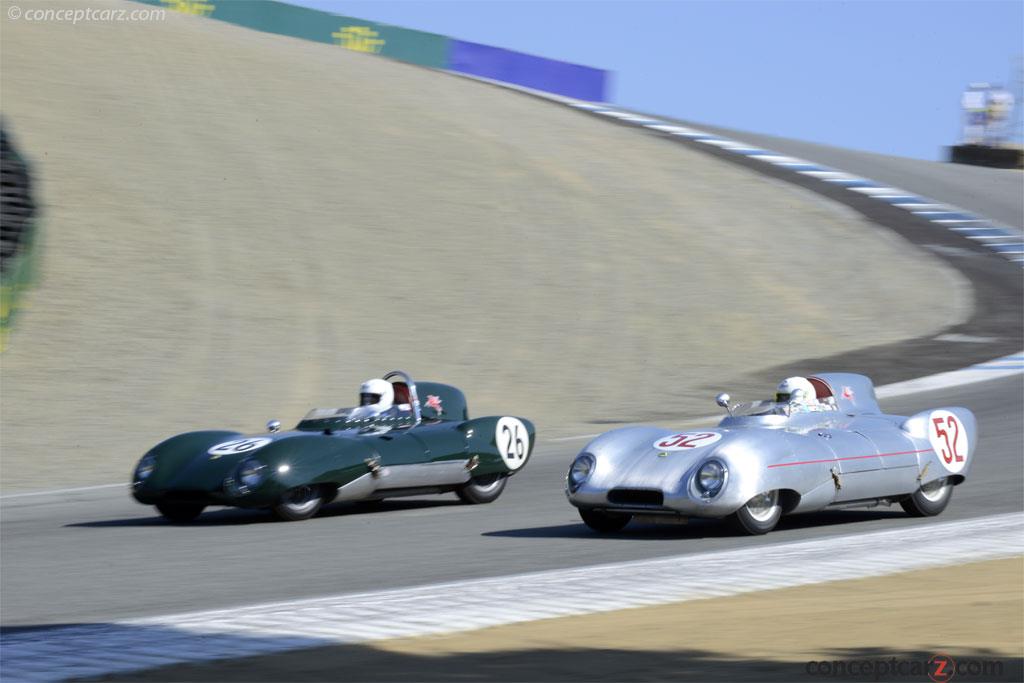
Sports Racer
Chassis #: 235
View info and history
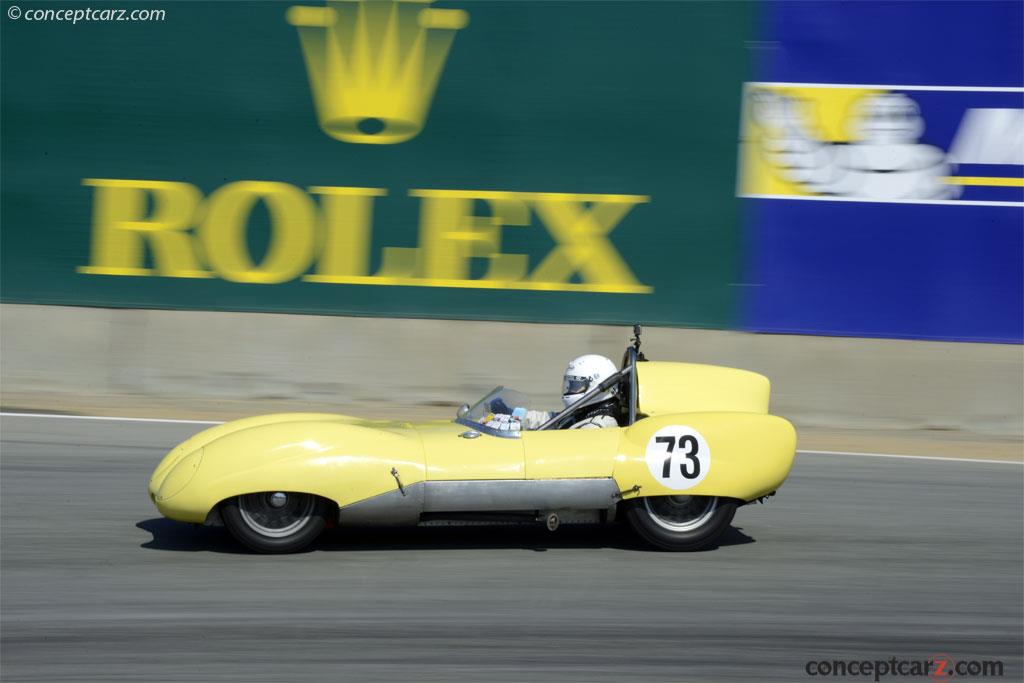
Sports Racer
Chassis #: MK 11 258
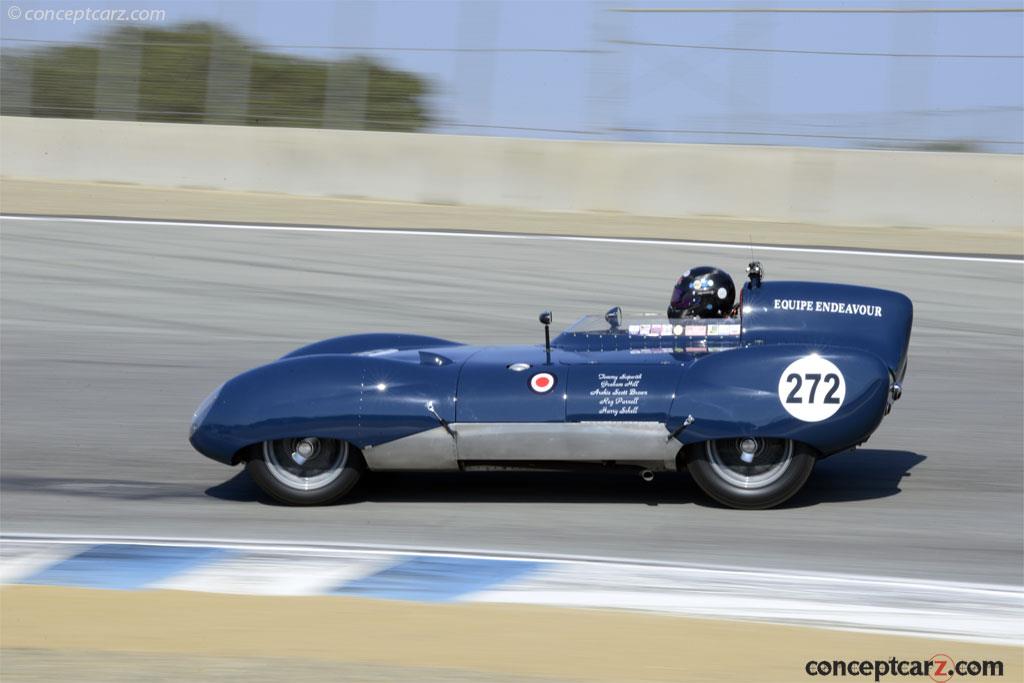
Sports Racer
Chassis #: 180
by Daniel Vaughan | Feb 2020
Related Reading : Lotus Eleven History
The Lotus Eleven began production in 1956. The Eleven was Colin Chapmans next evolution of phenomenally successful sports cars. The vehicle was dubbed Eleven because it was the Mark XI and due to its 1100 cc engine capacity. The Eleven was built in three variations. The Le Mans version featured a deDion rear axle and Girling disc brakes. The Club version had a normal rear axle and drum brakes.....
Continue Reading >>
Continue Reading >>
- 1956 Lotus Eleven Menu
- Article
- Image gallery
- Valuation
- Specifications
- Profiles
1956 Lotus Eleven Vehicle Profiles
Recent Vehicle Additions
Related Automotive News

Historic Lotus 19 Raced By Moss, Hill, Ireland And Clark Comes To The Open Market For The First Time In 57 Years
1960 Lotus 19 Monte Carlo, Chassis 953
Raced by some of the greatest British racing drivers
Jim Clark won in this car at Oulton Park in 1964
Signed by Sir Stirling Moss and the last car driven by him as a professional race driver
First raced in 1...
John Fisher: 1959 Formula One Season
Throughout the history of Formula One there have been many names that have come and gone, many of which barely make a mark on the sport other than in the history books. However, in 1959, Bruce Halford would help John Fisher to make an impressive mark,...
R.H.H. Parnell: 1959 Formula One Season
In 1951, Reg Parnell pulled off a huge upset surviving an absolute deluge of rain that flooded the Silverstone circuit during the BRDC International Trophy race. Parnell would manage to keep his Ferrari 375 under control long enough to be declared the...
Luigi Musso: Talented, Tempting and Troubled
Following Alberto Ascaris back-to-back titles in 1952 and 1953 there have been no Italian Formula One World Champions. While there has been a great amount of hope throughout the years, Italians have been left without a World Champion. Perhaps, it could...
RRDC VOTES IN 37 NEW MEMBERS FOR 2013
HILLIARD, Ohio (Nov. 7, 2013) - Thirty-seven race-car drivers and motorsports professionals have been voted into the Road Racing Drivers Club in 2013. The group includes 13 Regular Members from the open-wheel and sports-car racing ranks, 20 Associate...
































